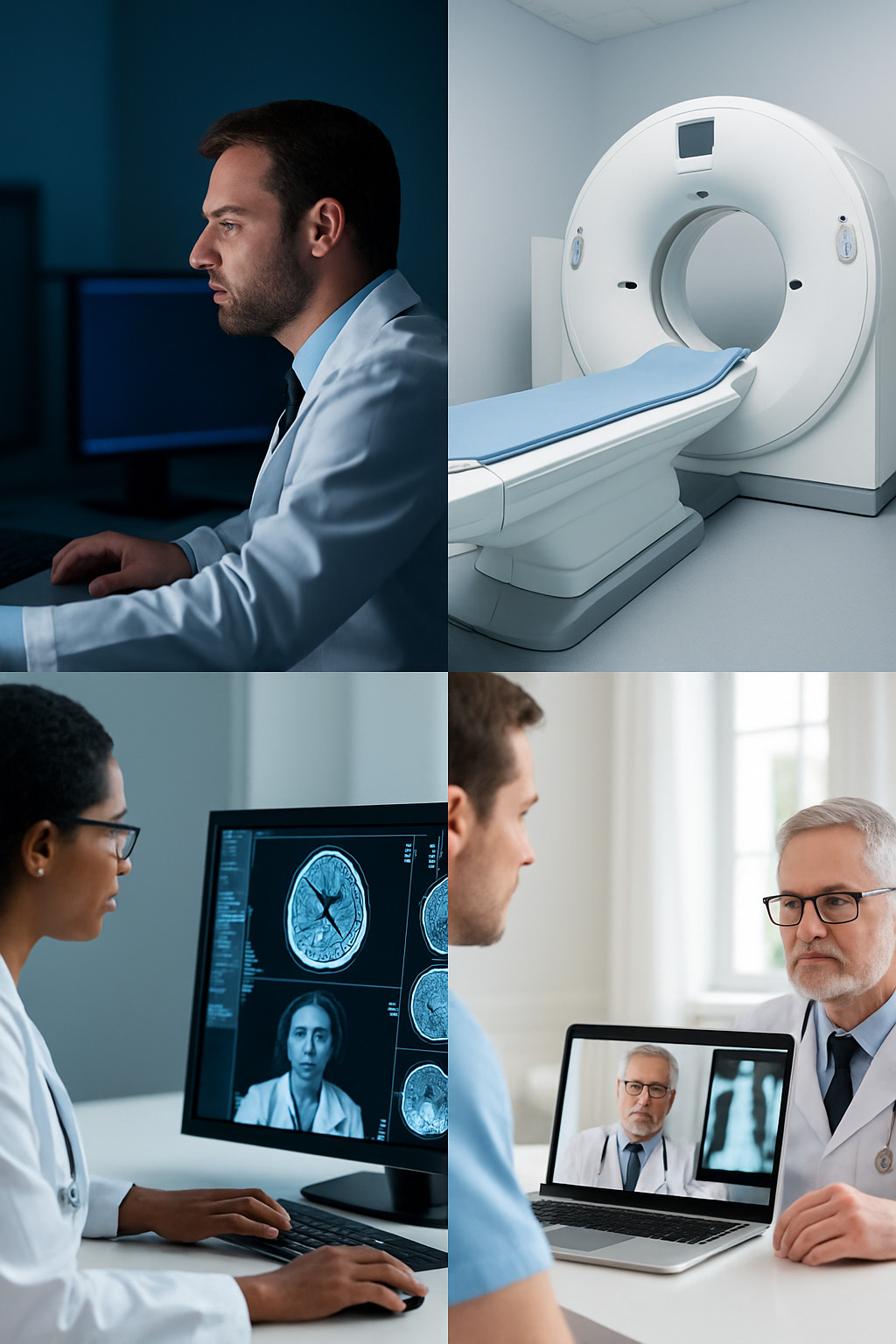Decoding the Myths: 5 Common Misconceptions About Teleradiology – Busted!
By oshininfotech

Teleradiology is rapidly transforming the way healthcare organizations access diagnostic imaging expertise. Yet, despite its widespread adoption and proven benefits, many hospitals, diagnostic centers, and clinicians remain skeptical.
Whether it’s fear of losing control, questions about quality, or concerns about patient privacy, misinformation continues to hold back progress. It’s time to separate fact from fiction.
Here are the top 5 teleradiology myths – and the truths that bust them wide open.
Myth #1: Teleradiology Delivers Lower-Quality Reports
The Reality: Quality depends on the radiologist, not the location.
Reputable teleradiology providers work with board-certified radiologists who often specialize in specific modalities (CT, MRI, etc.). Many even offer subspecialty reads, which might not be available in-house at smaller facilities. Strict quality control protocols and peer reviews ensure accuracy is never compromised.
Takeaway: Remote doesn’t mean unreliable. In fact, it may mean more specialized expertise.
Myth #2: It’s Just a Temporary Pandemic Fix
The Reality: Teleradiology is here to stay.
COVID-19 accelerated its adoption, but healthcare systems quickly realized the long-term operational and clinical benefits. From 24/7 coverage to faster turnaround times and cost savings, teleradiology is a sustainable solution—not a short-term patch.
Takeaway: Forward-thinking institutions are now building entire workflows around teleradiology.
Myth #3: You Lose Control Over Patient Data
The Reality: Compliance and security are built into modern teleradiology systems.
Top providers use end-to-end encryption, HIPAA-compliant platforms, and secure PACS integration. Hospitals and diagnostic centers retain full access and control over patient records. In many cases, audits and logging features provide more visibility than in traditional systems.
Takeaway: With the right partner, security is a strength—not a risk.
Myth #4: It’s Only Useful for Large Hospitals
The Reality: Small clinics benefit even more.
Smaller diagnostic centers often struggle to find or afford full-time radiologists, especially in rural areas. Teleradiology opens access to expert reporting without the overhead—ensuring patients don’t need to travel far or wait days for results.
Takeaway: Teleradiology democratizes imaging expertise across urban and rural locations.
Myth #5: It’s Expensive and Complicated to Implement
The Reality: It’s more affordable—and simpler—than ever.
Most modern solutions require minimal infrastructure, integrate with existing systems, and work on a pay-per-scan model. Training staff is straightforward, and tech support is often included. Compared to hiring, onboarding, and maintaining in-house teams, it’s more cost-efficient in the long run.
Takeaway: With the right onboarding, you can be fully operational in days—not months.
Conclusion: Teleradiology Is the Future—Don’t Let Myths Hold You Back
By understanding the reality behind these misconceptions, healthcare organizations can unlock the full potential of teleradiology: faster diagnoses, expanded access, expert reporting, and lower operational strain.
Still have doubts? Let the results speak for themselves. Partner with a trusted teleradiology provider and experience the difference firsthand.




